A gas undergoes change in its state from position A to position B via three different path as shown in Fig. Select the correct alternatives :
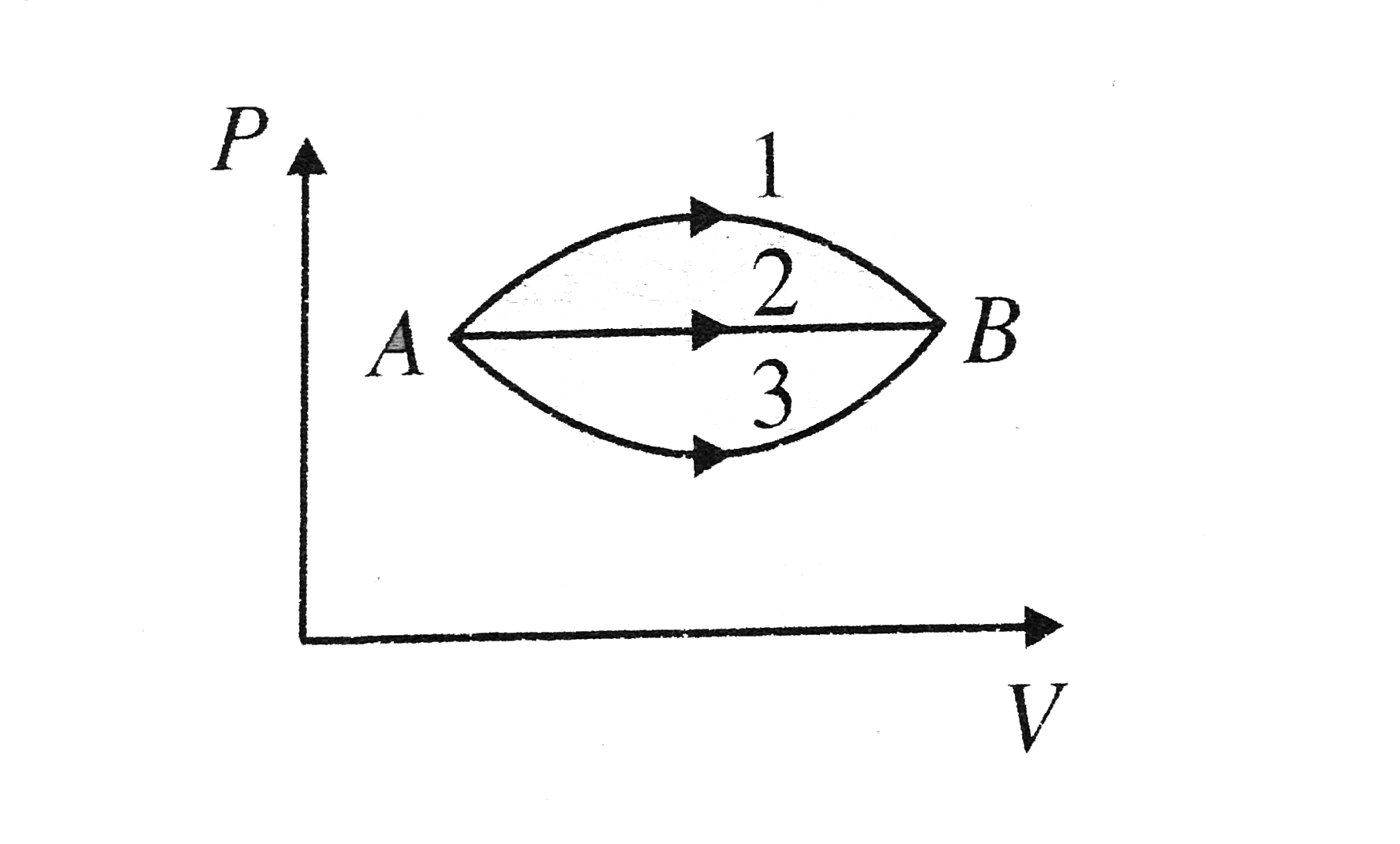
Change in internal energy in all the three paths is equal.
In all the three paths heat is absorbed by the gas.
Heat absorbed/released by the gas is maximum in path (1).
Temperature of the gas first increases and then decreases continuously in path (1).
The correct Answer is:a, b, c
Internal energy (U) depends only on the initial and final states. Hence ΔU will be same in all the three paths. In all the three paths, work done by the gas is positive and the product PV or temperature T. is increasing. Therefore, internal energy is also increasing. So, from the first law of the thermodynamics, heat will be absorbed by the gas. Further area, under P-V graph is maximum in path-1 while ΔU is same for all the three paths. Therefore, heat absorbed by the gas is maximum in path-1. For temperature of the gas, we can see that product PV first increases in path-1 but whether it is decreasing or increasing later on we cannot say anything about it unless the exact values are known to us.
Topper's Solved these Questions
- BOOK - MTG-WBJEECHAPTER - THERMODYNAMICSEXERCISE - WB JEE Previous Years Questions12videos
THERMODYNAMICS
- BOOK - MTG-WBJEECHAPTER - THERMODYNAMICSEXERCISE - WB JEE WORKOUT ( CATEGORY 2 : Single Option Correct Type (2 Mark )15videos
THERMODYNAMICS
- BOOK - MTG-WBJEECHAPTER - SOLID STATE ELECTRONS EXERCISE - WB JEE Previous Years Questions (CATEGORY 1 : Single Option Correct Type)15videos
SOLID STATE ELECTRONS
- BOOK - MTG-WBJEECHAPTER - WAVE OPTICSEXERCISE - WB JEE PREVIOUS YEARS QUESTION (MCQ.s)9videos
WAVE OPTICS
Similar Questions
Sound wave is travellimg along positive x -direction . Displacement (y) of particles from their mean position at position x is a shown in figure . Choose the correct alternative(s).
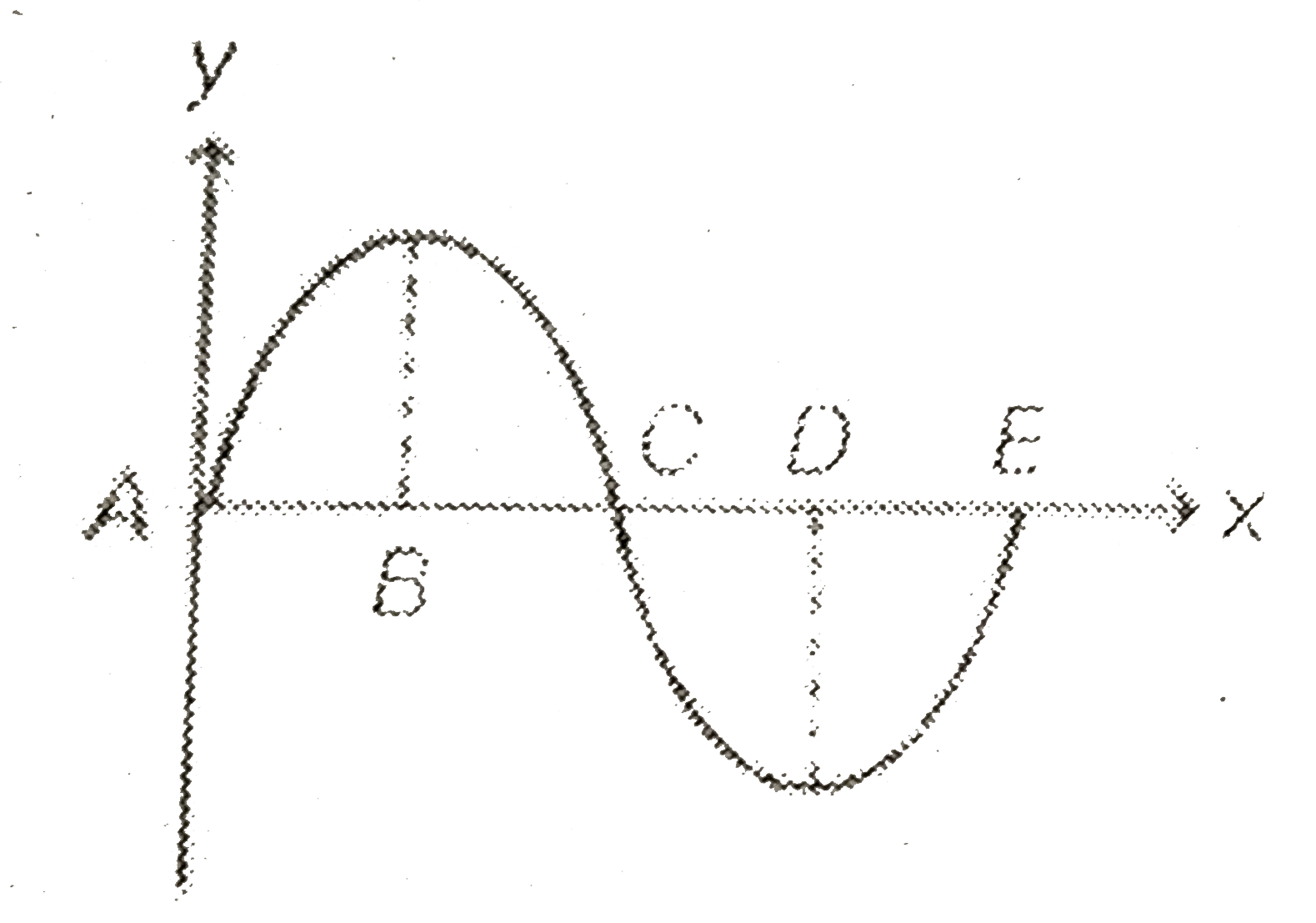 View Solution
View SolutionP - V diagram of an ideal gas is shown. The gas undergoes from initial state A to final state B such that initial and final volumes are same. Select the correct alternative for given process AB.
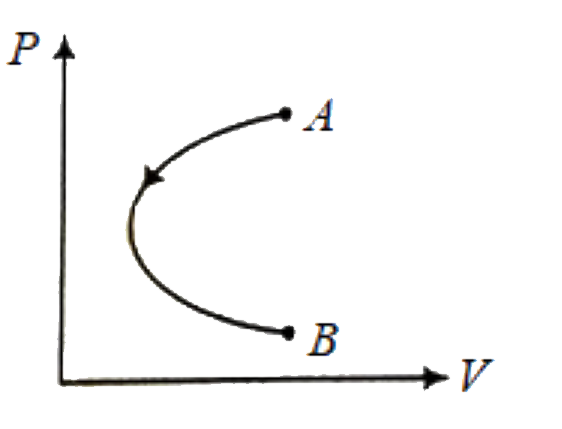 View Solution
View Solution
Knowledge Check
- Question 1 - Select One
A block is raised from position A to B by taking two different paths as shown in the figure. If AB = h, then
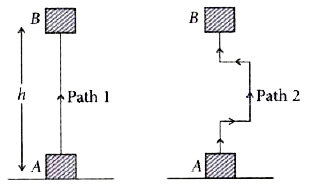 Athe work done on the block is greater in case of path 1 than in case of path 2Bthe work done on the block is greater in case of path 2 than in case of path 1Cthe work done on the block is same for both pathsDthe work done cannot be determined.
Athe work done on the block is greater in case of path 1 than in case of path 2Bthe work done on the block is greater in case of path 2 than in case of path 1Cthe work done on the block is same for both pathsDthe work done cannot be determined. - Question 2 - Select One
An ideal gas undergoes change in its state from the initial state I to the final state F via two possible paths as shown. Then
 Athere is no change in internal energy along path 1Bheat is not absorbed by the gas in both pathsCthe temperature of the gas first increases and then decreases for path 2Dwork done by the gas is larger in path 1.
Athere is no change in internal energy along path 1Bheat is not absorbed by the gas in both pathsCthe temperature of the gas first increases and then decreases for path 2Dwork done by the gas is larger in path 1. - Question 3 - Select One
An ideal gas is taken from state A to state B following three different paths as shown in P-V diagram. Which one of the following is true ?
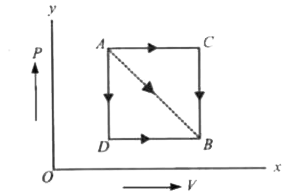 Awork done is maximum along ABBwork done is minimum along ABCwork done along ACB = work done along ADBDwork done along ADB is minimum.
Awork done is maximum along ABBwork done is minimum along ABCwork done along ACB = work done along ADBDwork done along ADB is minimum.
An ideal gas is taken from the state A (P, V) to the state B (P/2,2V) along a st. line path as shown in Fig. Select the correct statement from the following:
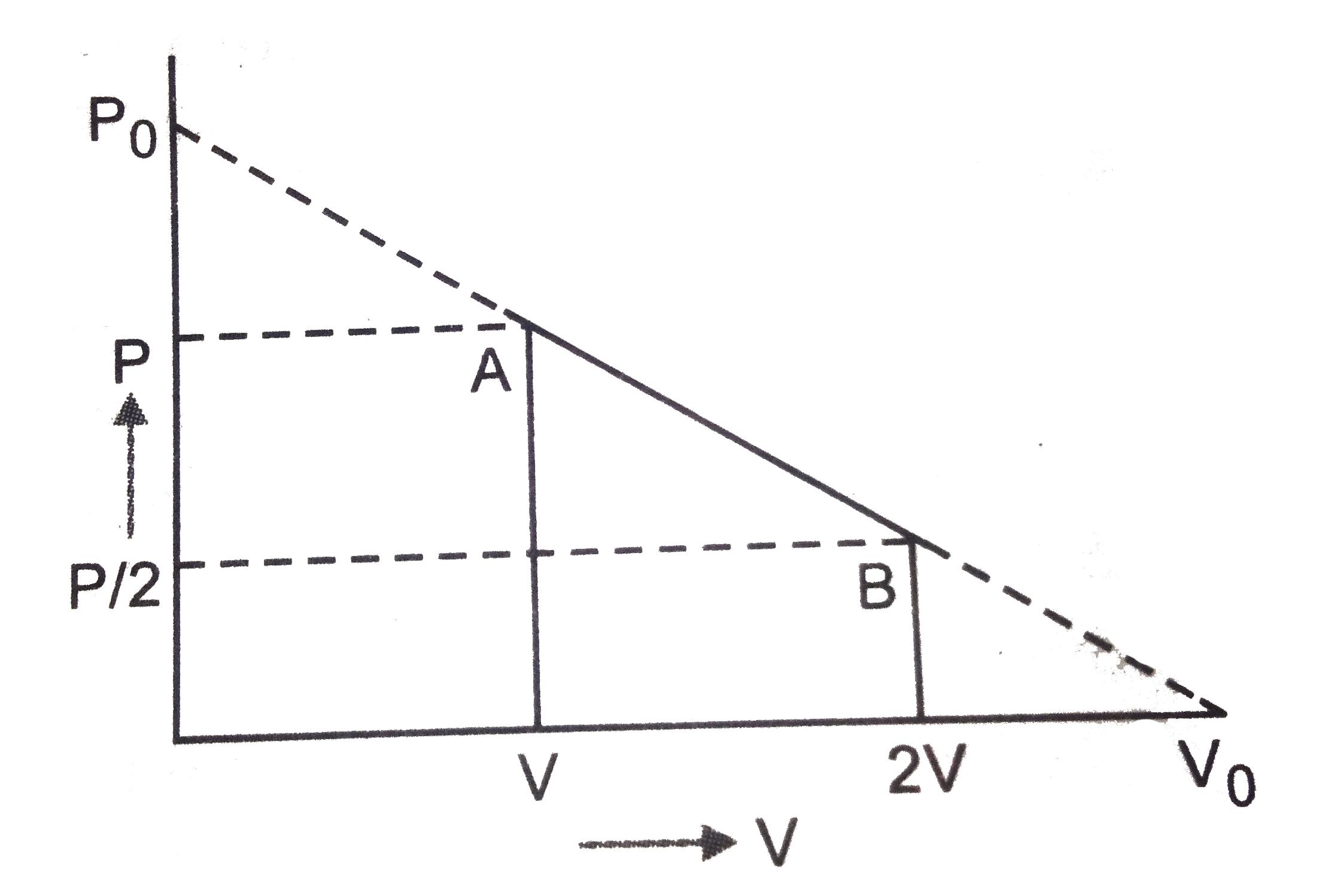 View Solution
View SolutionFigure shows the p−V diagram of an ideal gas undergoing a change of state from A to B. Four different parts I, II, III and IV as shown in the figure may lead to the same change of state. ltBrgt
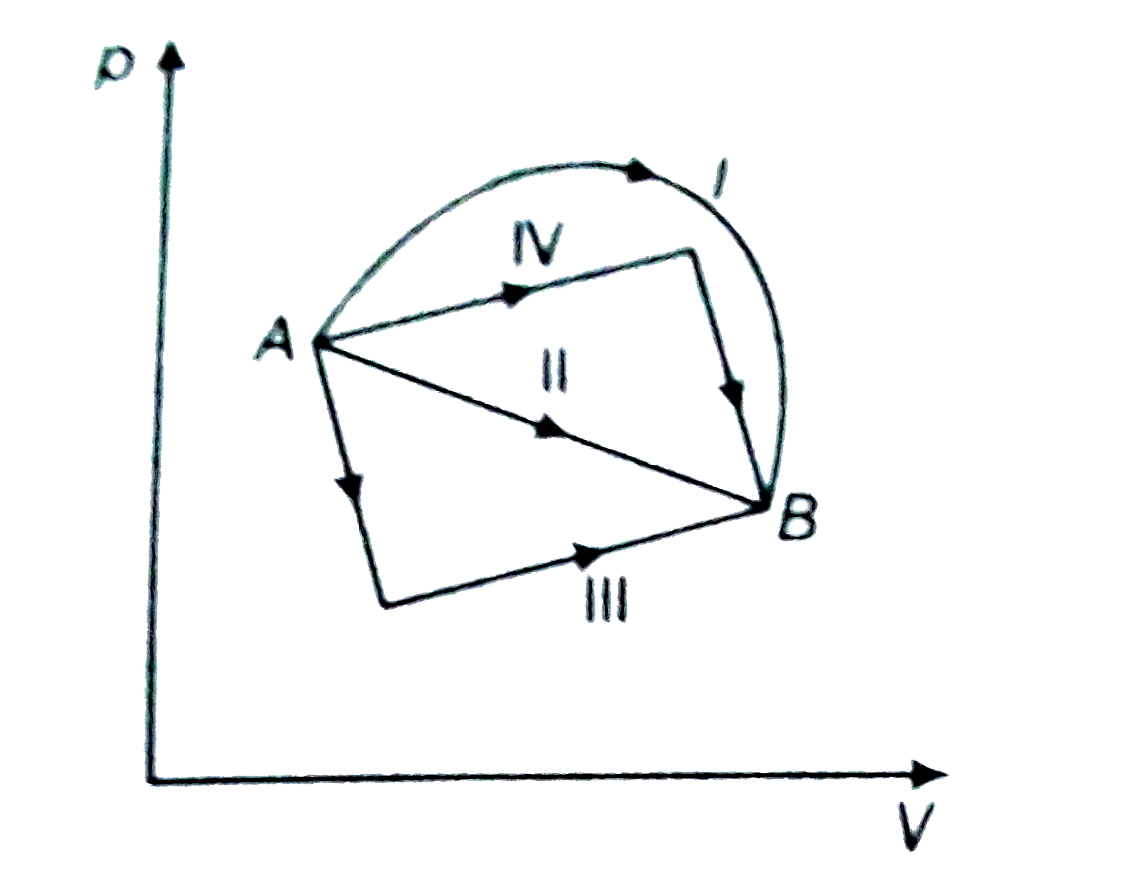 View Solution
View Solution(figure). Shows the P−V diagram of an ideal gas undergoing a change of state from A to B. Four different process I, II, III, IV, as shown in (figure) may lead to the same change of state.
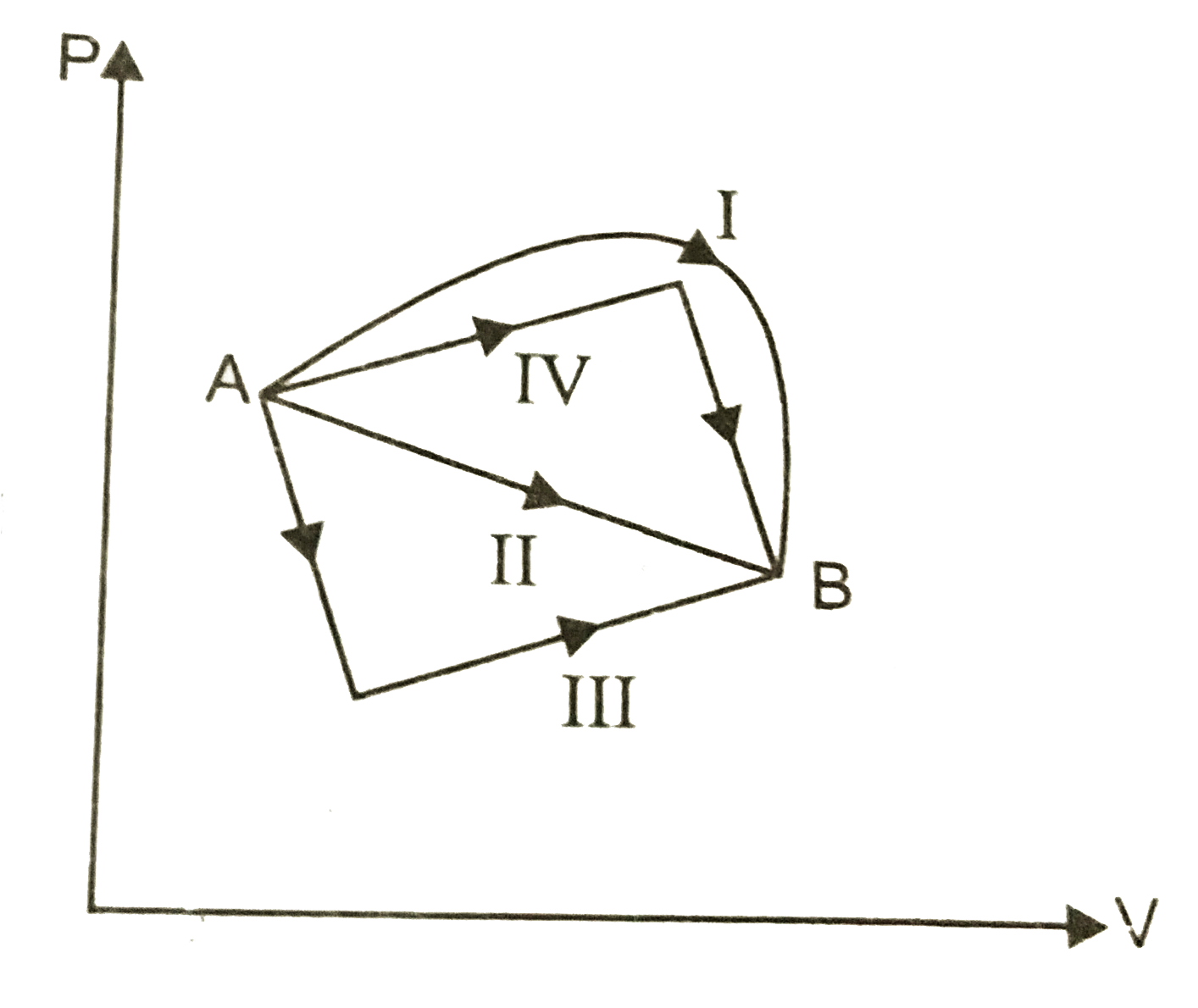 View Solution
View Solution(figure). Shows the P−V diagram of an ideal gas undergoing a change of state from A to B. Four different process I, II, III, IV, as shown in (figure) may lead to the same change of state.
 View Solution
View SolutionAn ideal gas of mass m in a state A goes to another state B via three different processes as shown in Fig. If Q1,Q2 and Q3 denote the heat absorbed by the gas along the three paths, then
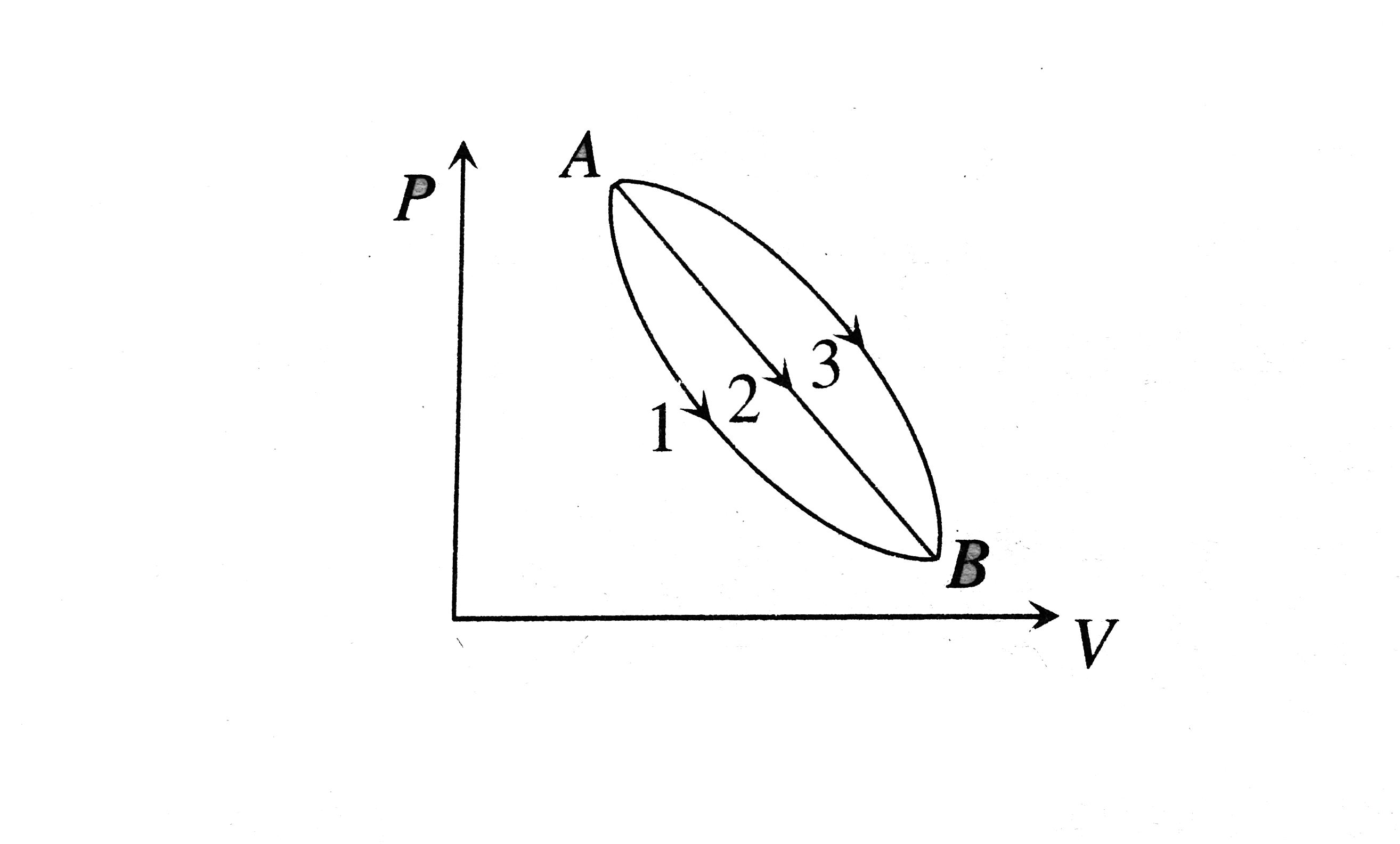 View Solution
View Solution

